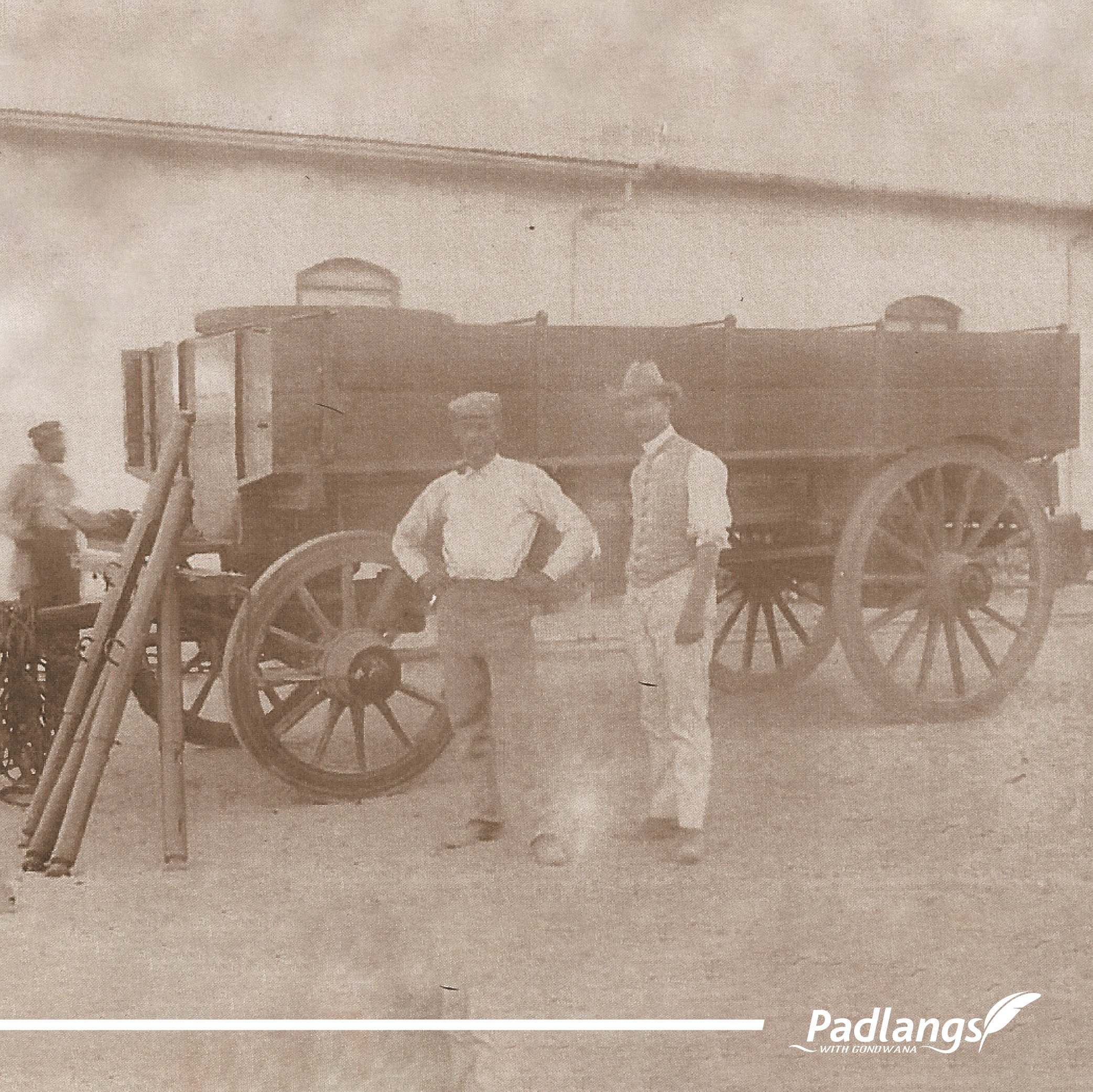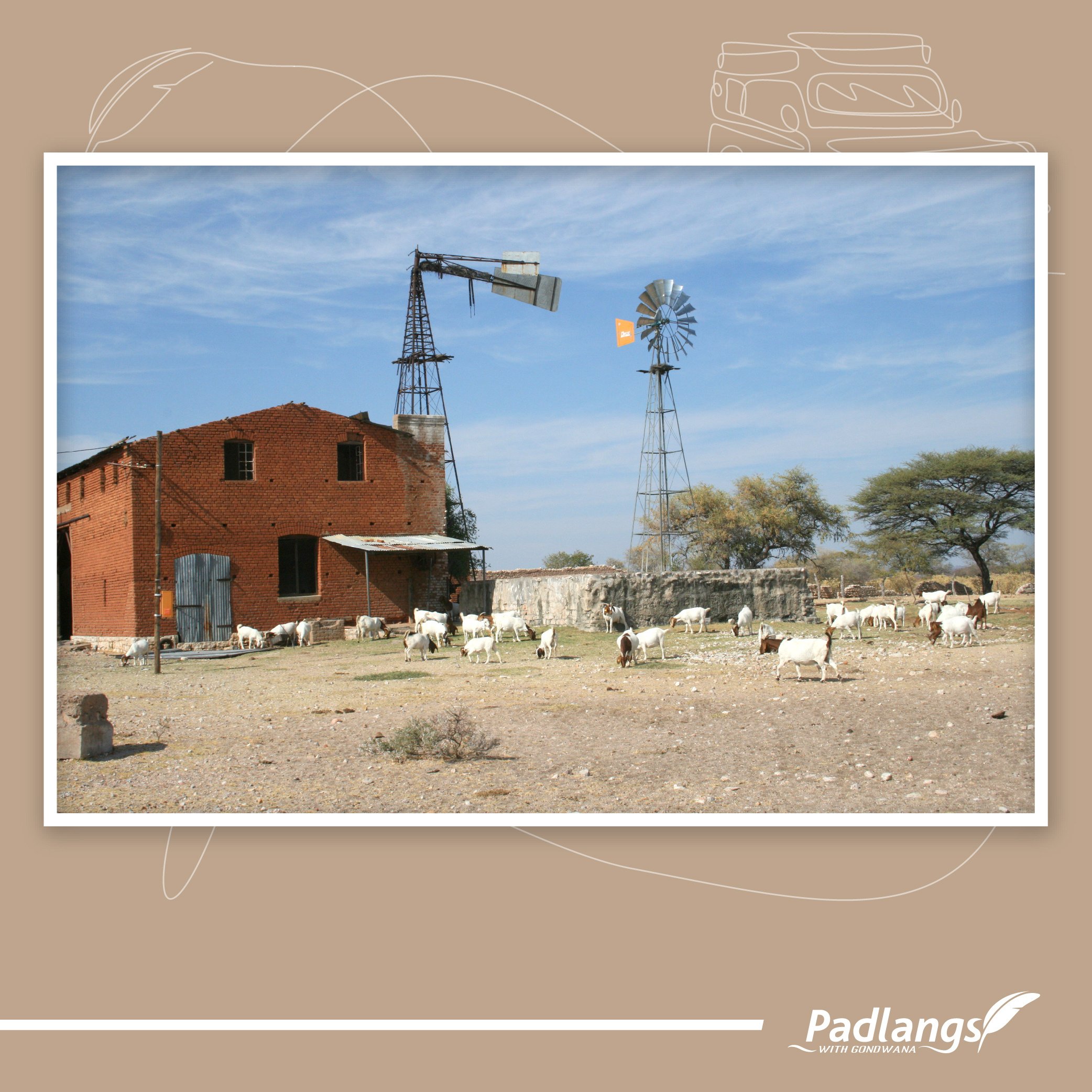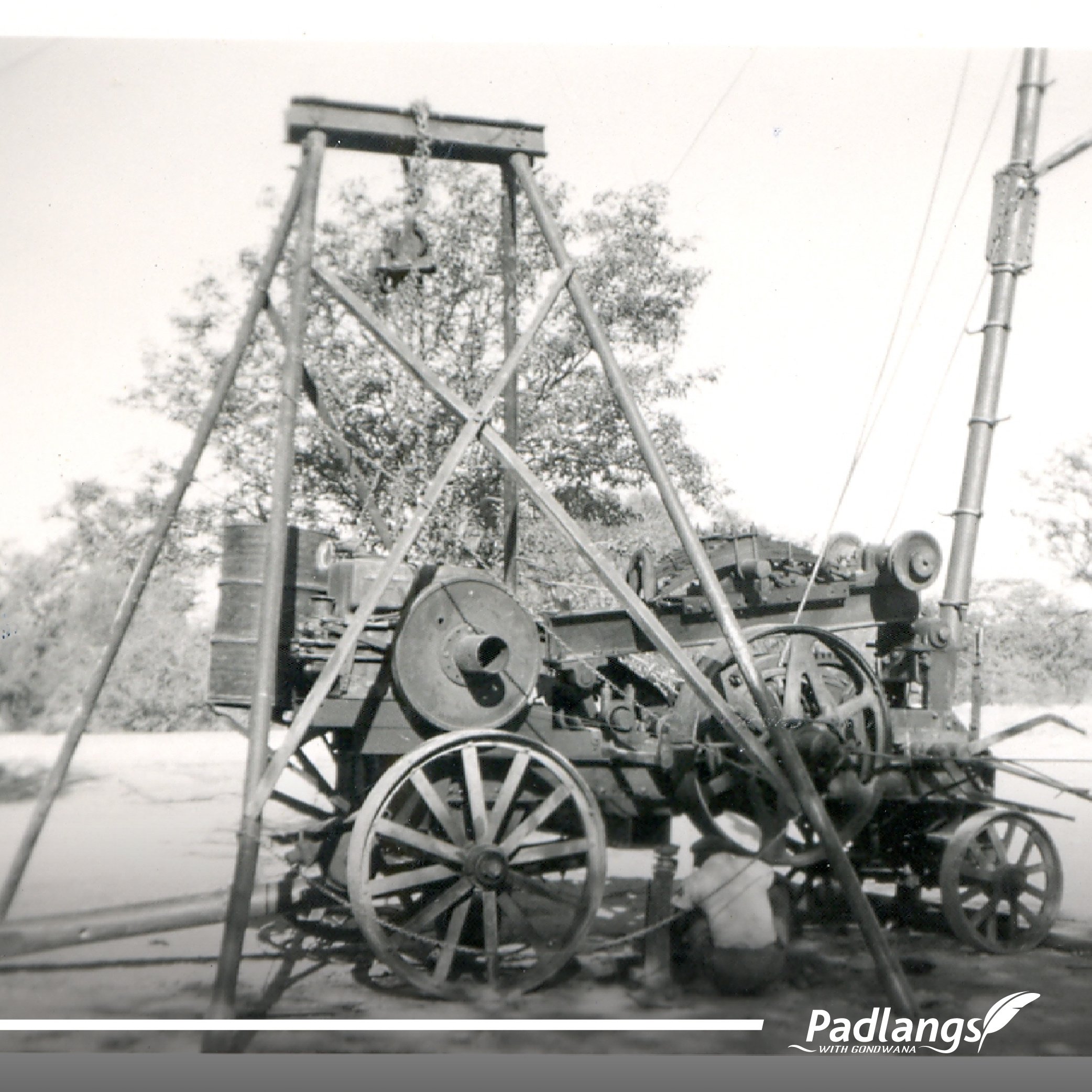Once the fig trees and the small spring north of the Ugab River attracted travellers who would stop for the welcome shade and water. The spring was called by its Damara-Nama name ‘Gainatzeb’ (!Gâinatseb), ‘a good place’ with copious water and plenty of game. Over time, one man’s dream would turn it into a flourishing farm.
Located on the route between what is Khorixas and Outjo today, the spring was enjoyed by many, one of them being Paul Hoppe. He would soon grow Gainatzeb into one of the largest and most successful agricultural farms in the country.
Born in 1884 in Schlesien, Germany (today Silesia, Poland), Hoppe learned his farming skills as an agricultural apprentice. When he was eighteen and was restless to move on his father reluctantly paid for his passage on a ship to German South West Africa. Hoppe arrived in Swakopmund in 1902 with two German marks in his pocket.

He immediately went to work as a waiter in a hotel earning enough for the train fare to Karibib. Once in the town he began work with the well-known Haelbich family, learning the masonry trade. At the age of nineteen his civilian life was interrupted when he was called up by the German Schutztruppe during the Nama Herero uprising. His main duty was relaying messages by horseback to military posts around the country. Often on his journeys he would stop at the Gainatzeb spring for a drink of water, think how the spring could be expanded to produce more water and dream of the day when he could purchase the land around it and begin farming.
His dream was realised after the war when he was able to use his savings to buy the land. Archival records show that the land had been sold on 1 October 1893 by Captain Lazarus Swartbooi to a Mr Sabatta, a well-known trader among the Swartbooi Nama. This was the first time that the 4000-hectare farm with the Gainatzeb spring was recorded as having been sold. Later on, in 1900, Sabatta sold it to the German Colonial Society. Hoppe purchased it from them for 75 German pfennig per hectare. But, he didn’t have any further funds to develop it. He returned to Karibib, offering his building services to the mission, and received the contract to build the church between 1908 and 1910. He also built himself an ox-wagon during that time in Haelbich’s ox-wagon workshop.
On marrying Maria Dannert from Otjimbingwe in 1911, the couple moved to Gainatzeb. Hoppe was now able to open up the spring, build a water reservoir and furrows to convey water to the fields. He planted corn, wheat, lucerne and vegetables, supplying the Tsumeb mine with fresh produce. Because he was considered an important food producer, he was exempted from service in WWI. After the war, Hoppe entertained the idea that he could increase food production even more if he could only expand the spring. In 1927 he bought a second-hand drilling machine. It was an exceptional rain year that year and it took him four weeks and a hundred oxen to transport the machine the 195 kilometres from Kalkfeld to the farm, but he was not deterred. The drilling was tough work and after more than half a year of perseverance he struck strong artesian water at 78 metres, which initially supplied 140 cubic metres an hour and then dropped to a steady 90 cubic metres.

This was the turning point for Gainatzeb. Hoppe could also now plant orange and lemon trees, bananas, tobacco and avocados and extend the furrows for eight kilometres. With the strong water flow and Hoppe’s hard work the farm transformed into a green oasis. He purchased adjacent farms and others in Otavi and also began to farm with cattle and karakul. In 1943, he suddenly developed stomach and chest pains, probably from a heart condition, and passed on leaving behind his large farming legacy and one of the most productive farms in the country. He was buried on his beloved farm, Gainatzeb. His wife, Maria, continued to run the farm for five years with their son Lothar, after which he took over the operations. In the 1980s he sold the farm to the Nama administration and a number of Nama families were resettled in the area known as Namaland2. Eventually, years later, the government closed the spring to protect the strong underground aquifer. Today, the aquifer supplies the inhabitants of Khorixas with water.

At Gainatzeb, the old Hoppe home has been renovated and is occupied by veteran politician Daniel Luiperd and his family. The land has almost reverted to how it looked so many years before when travellers stopped to rest in the shade of the fig trees and it is difficult to imagine the many bountiful hectares of agricultural activity. The base of the old Hercules windmill still stands, testament to its many years of good use, and the small family cemetery, where Hoppe was laid to rest.



.png)
.jpg)
.jpg)




.png)

SUBMIT YOUR COMMENT